Spring is fast approaching and the time has come to choose perennials for your garden. Though this task may seem daunting at first, it is relatively simple once you decide what type of environment you wish to create.
Perhaps you are looking to create a secluded area where you can read your favorite book and enjoy the sounds of nature while remaining cool under the foliage.
To help develop a shade garden, you will want to make sure there is a good mixture of medium and large plants to help provide shade from the sun.
To add color to your garden, you will need to stage the area.
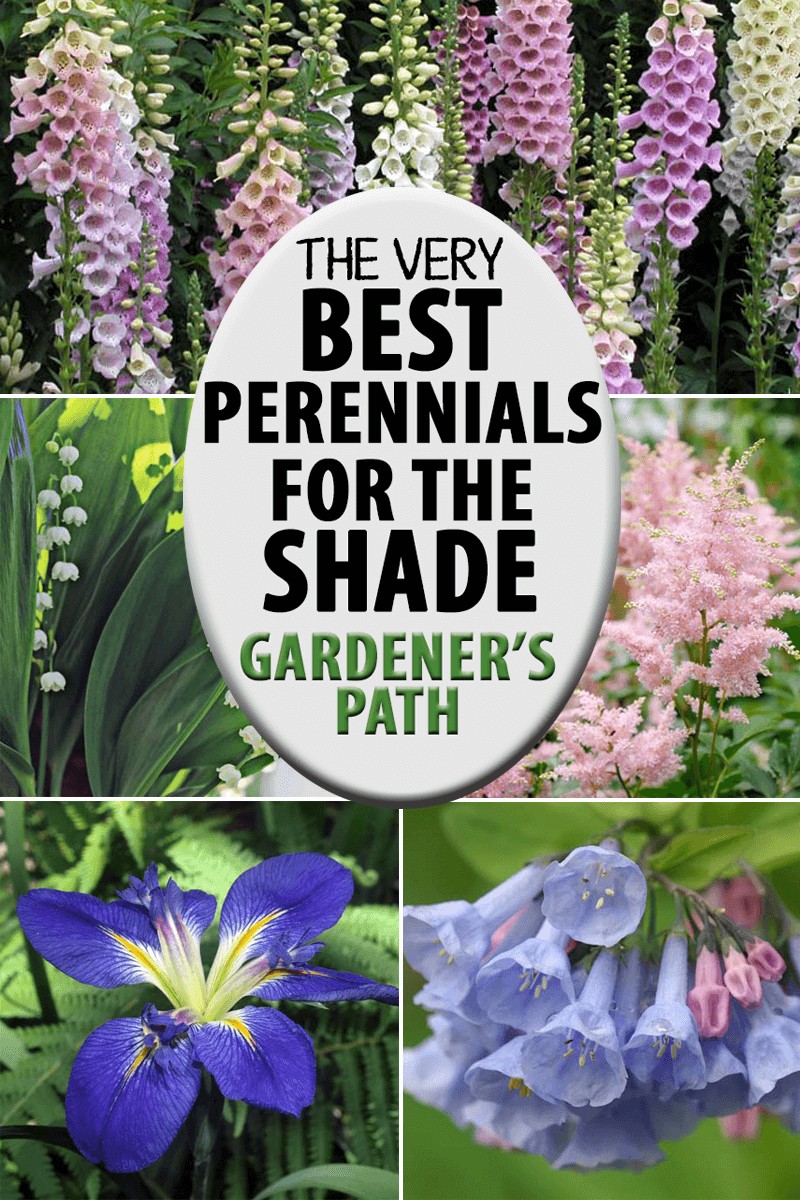
We link to vendors to help you find relevant products. If you buy from one of our links, we may earn a commission.
Here are the best perennials to choose to create your relaxing environment in the shade.
Astilbe
When you plant astilbe in your garden, you will find that you have a plant with dense foliage and flowery blooms to help breathe life into your shade garden.
This perennial, generally a native of Asia with a few varieties (such as false goatsbeard) native to North America, is perfect when planted in a group and used along flower beds, or as a border edging.
The astilbe, which normally blooms in June or July, offers a variety of aesthetically pleasing colors like pink, red, purple, or peach. It ranges from 6 to 18 inches high.
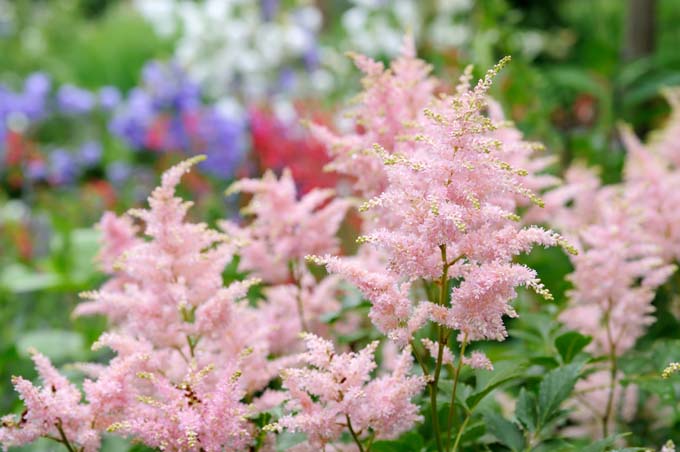
What makes choosing this perennial perfect for your shade garden? How easy they are to grow. You only need to make sure the soil is soft, and rich in nutrients.
It is ideal to use mulch around these perennials not only to help keep the weeds down, but to help feed the plant as it slowly decomposes. An added bonus for astilbe is how little they are affected by insect or disease problems. You can read about growing astilbe in more detail here.
Foxglove
If you want to make a statement with your shade garden, foxglove is the perfect addition.
Though the individual blossoms on this plant are small, about the size of a thimble, they grow in glorious spiky clusters that bring life to every inch of your garden in various colors like white, yellow, pink, red, lavender, or purple.
The plant, which ranges from 1 foot tall up to 6 feet, starts to bloom during the summer months.
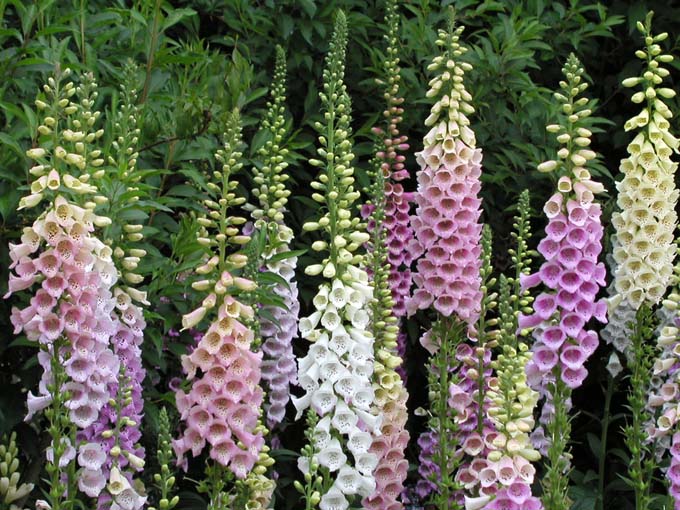
When you are planting foxglove you need to make sure they are planted 15 to 20 inches apart in moist soil. If they are placed too close together, the flowers have a tendency to clump together and will need to be divided by hand.
Just like astilbe, foxglove benefits from a solid mulch bed that helps make it the perfect perennial by being able to reseed itself on a yearly basis.
Keep in mind that foxglove is extremely poisonous, and should not be planted in gardens where young children play.
Read more about growing foxglove flowers here.
Virginia Blue Bells
Commonly found in the eastern half of North America, the Virginia blue bell is the perfect addition to any garden.
Though the blooms are short lived and tend to only last through the spring months, Virginia blue bells offer beautiful, full clusters of sky blue bell-shaped blossoms.
You should make sure to surround this perennial with other blooming plants that tend to come alive more in the later months.
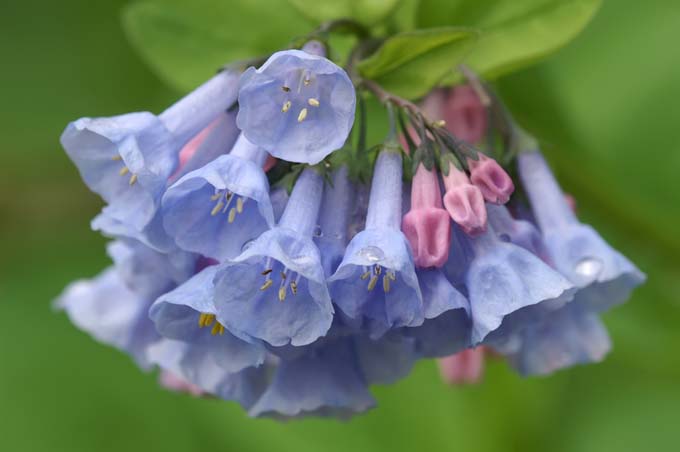
When planting Virginia blue bells, you should keep them 12 inches apart during the initial stages. The biggest concern is to keep the soil rich with nutrients. These will benefit from additional fertilizer in moist soil.
As with foxglove, the Virginia blue bell propagates better by seed, and will be well nourished in a minimal mulch bed.
Like native blue flowers? Find more varieties here!
Lily of the Valley
Perhaps you want to add a shorter, spreading groundcover to your shade garden by planting a perennial that grows slowly, creating a thick carpet of green with fragrant flowers. If so, lily of the valley is ideal for your secluded space.
This variety offers a welcome sight with tiny, white, bell-shaped flowers that last from spring to late summer while offering a pleasing fragrance.
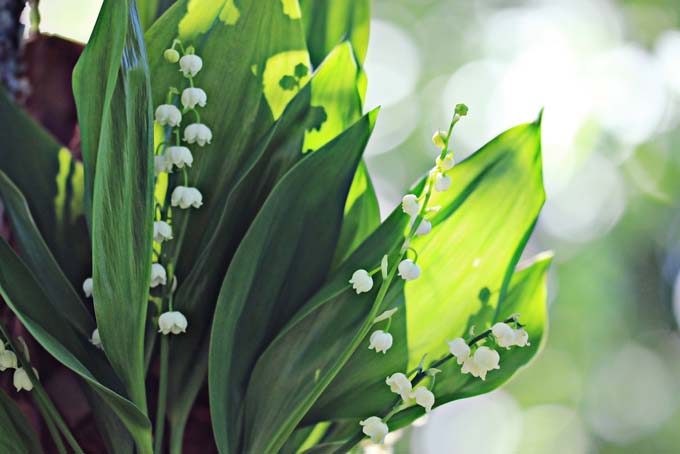
These perennials are the most likely to thrive when planted at the end of fall or very early in spring, kept in clumps no more than 4 inches apart.
The soil will need to be rich with nutrients and less acidic to help these plants provide a natural ground cover that lasts, especially in the northern states.
Just like the astilbe, the lily of the valley is very hardy when it comes to withstanding the affects of insects or disease. Be wary with kids or pets, as this plant is also poisonous.
Louisiana Iris
Perhaps you live in an environment where the conditions are not ideal for the majority of perennials, an area like Texas or Arizona with acidic soils and wet conditions in the fall and spring.
The Louisiana iris is the perfect solution to add color to your garden. The blooms grow on 2 to 3 foot stems and can be found in a variety of colors like blue, purple, pink, white, and dark red.
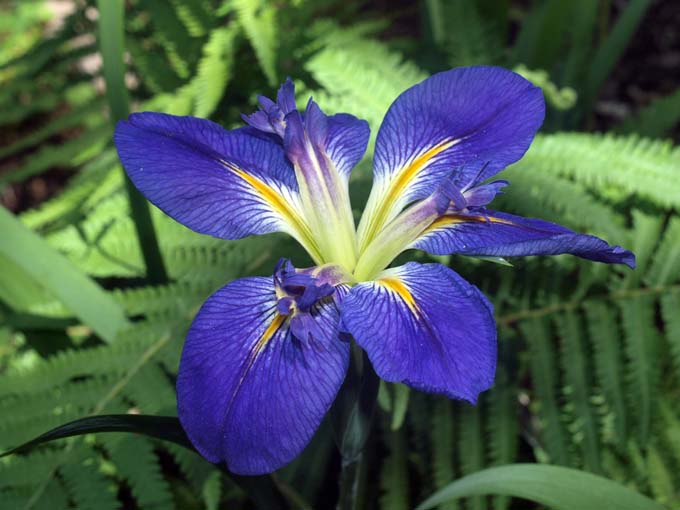
Though the Louisina iris is able to survive in tougher conditions, it still needs to be planted in moist soil. It can be sustained with fewer feedings than what is required for astilbe and foxglove.
If you are looking to add the perfect complement to the edge of a water garden, the Louisiana iris is a garden favorite, especially when in bloom during the summer months.
Take your time in chooing the right perennials for your shade garden, and you will enjoy them for years to come. And for more about different types of iris, check out our articles on the classic variety here, as well as some info on cutting back bicolor iris.
What are you favorites? Share with us in the comments.
Looking for more perennial flower suggestions? Try these:
- 17 Temperate Flowering Perennials That Will Grow Almost Anywhere
- 15 Flowering Ground Covers to Meet Landscaping Challenges
- Perennials for Butterfly Gardens
- 9 Best Full-Sun Flowering Perennials for Southern Gardens
Photo credit: Shutterstock.
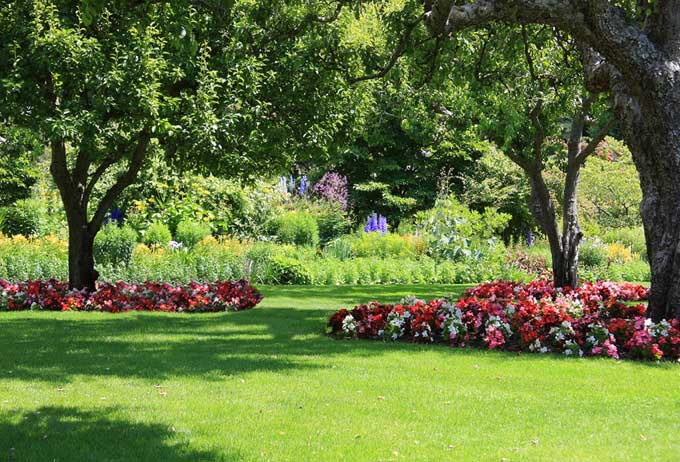
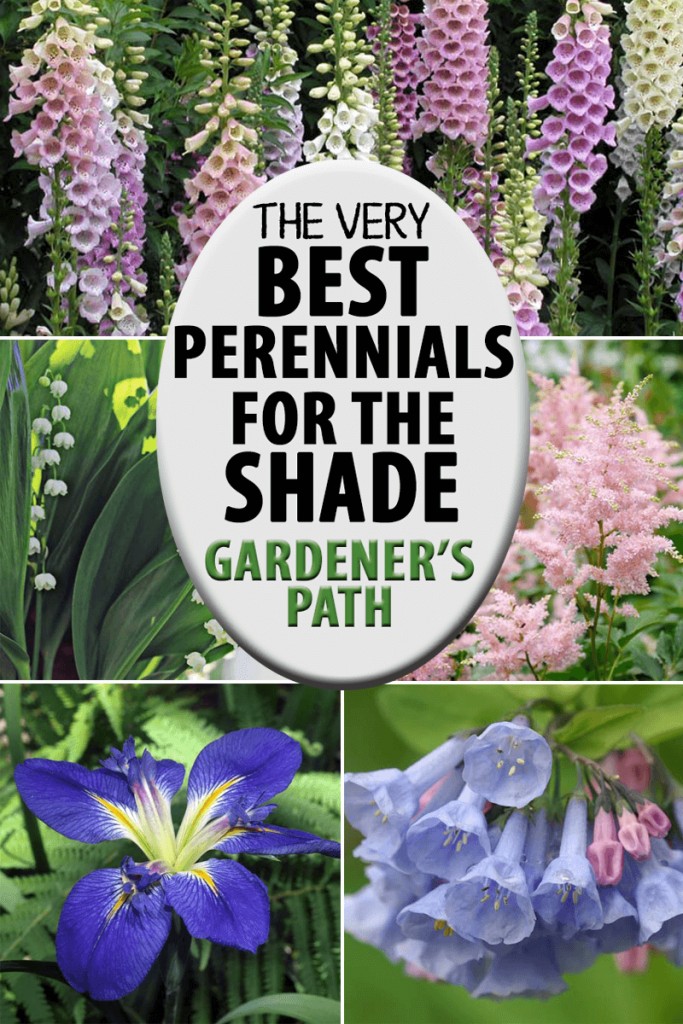
Hello, how are you? I have a question about petunias- I had so so many seeds and I’m just so frustrated. I don’t know if this is an odd question but I bought a bag of Miracle Grow soil- could it be possible that it could be contaminated with anything (like diseases, bugs etc?) Reason I’m asking- I used a different soil mix on one pot because it was the last of it and I had the seeds and started growing great (but it was an error on my part why they didn’t continue and left the plastic wrap on… Read more »
It is certainly possible to get contaminated soil, but if some seeds are fine and others are not, that’s probably not it. My dad would actually cook his soil that he was going to use for seed sprouting (drove my mom crazy!). People tend to over-water indoor plants in general. The soil should be very damp for seeds but not wet. I over-watered my indoor seeds on more than one occasion. They sprouted and died. Also, sometimes when seeds sprout and then you water, if you aren’t using a very gentle watering can, you can disturb their delicate new roots,… Read more »